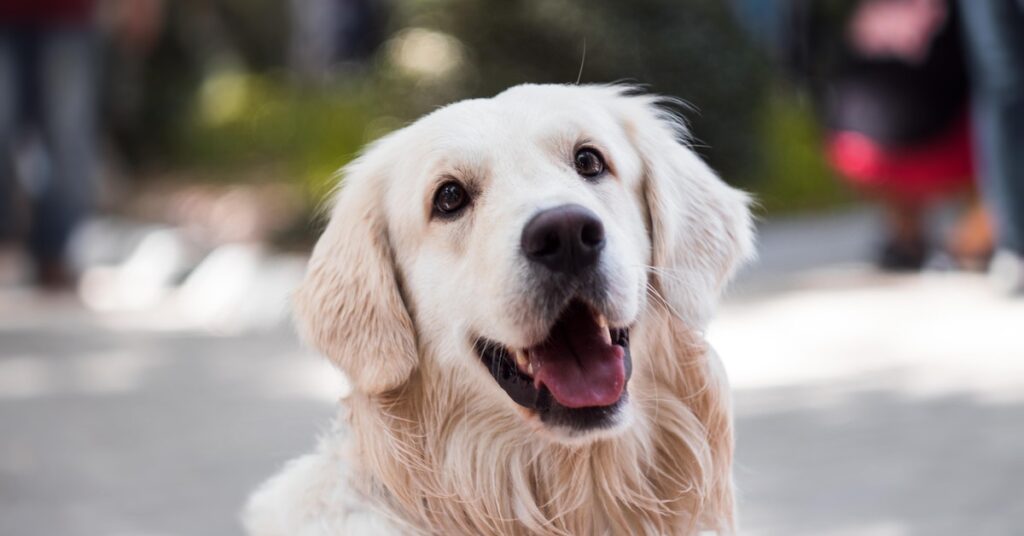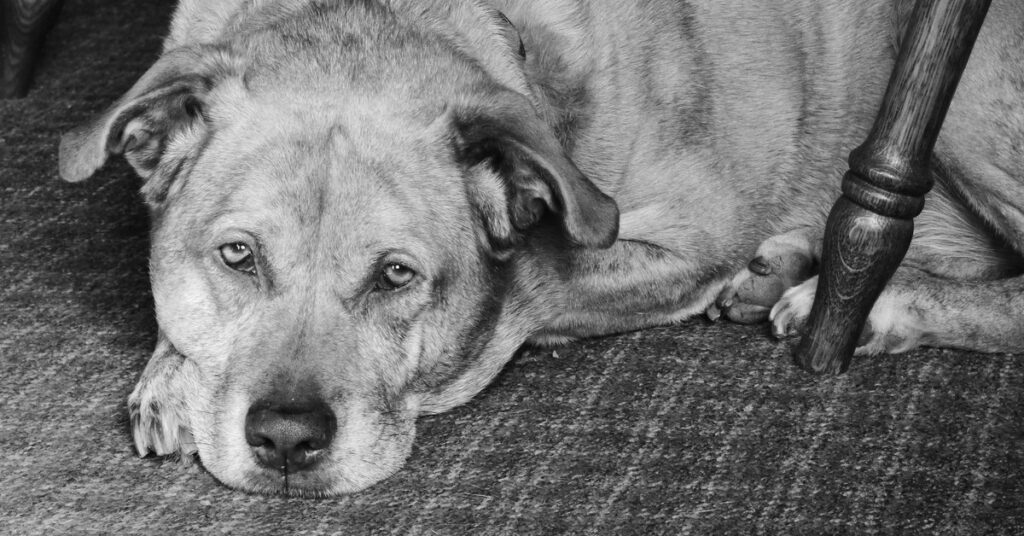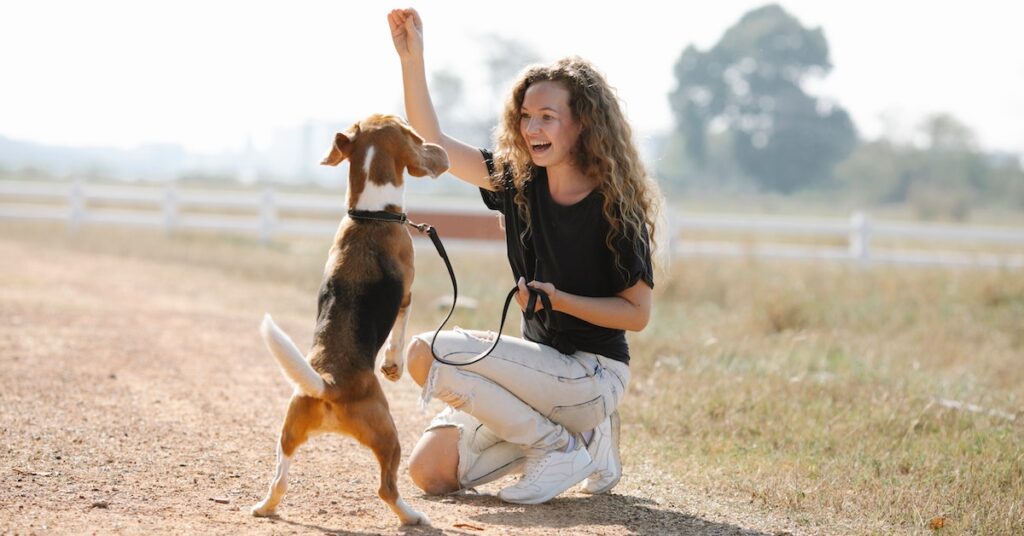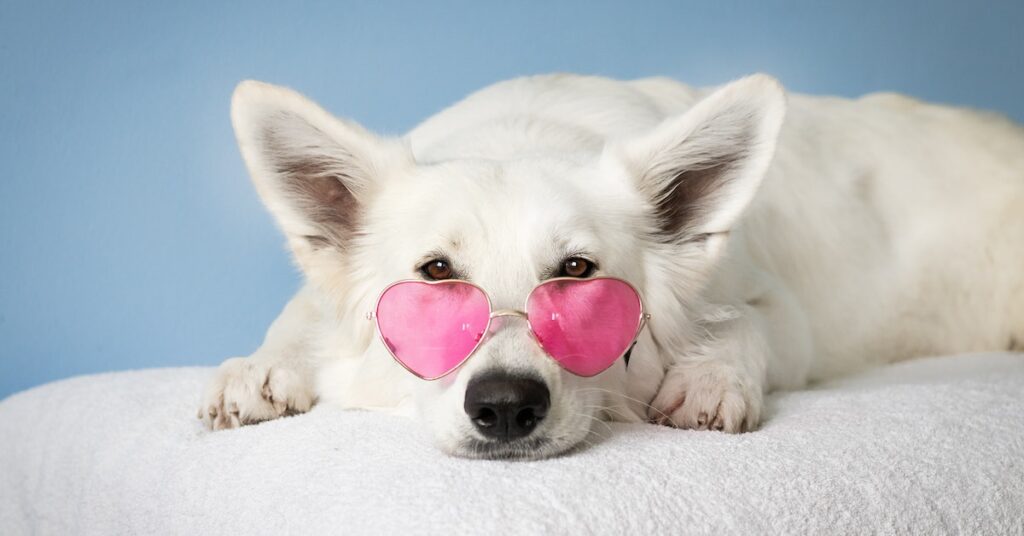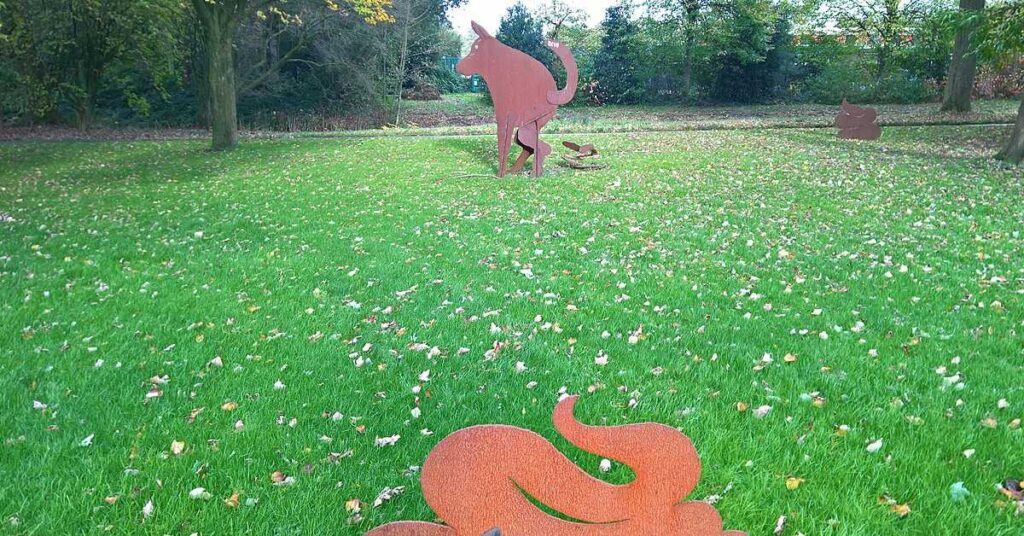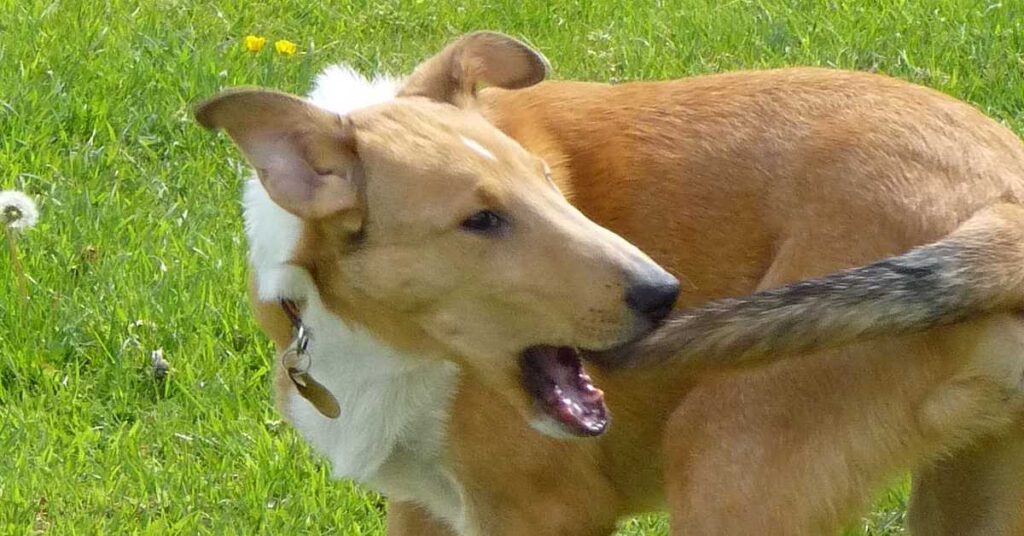Dog behaviors are the internally coordinated responses that dogs make to stimuli. These behaviors have evolved over millennia due to their interaction with humans and our lifestyles. Here are some common dog behaviors. Learn how to control them and understand their reactions to various situations. And don’t forget to reward good behavior and correct bad behaviors.
Fearful dog
Fearful dogs are a common affliction, but there are ways to help them cope with this behavior. One common technique is to provide them with a safe place to escape. This could be a crate or a bed. The owner should stay calm during all times, and avoid situations that may cause a fear response. This method may not be effective for all dogs, so it may be worth checking with your veterinarian for additional advice.
Another tip is to use non-threatening body language when approaching a fearful dog. Instead of rushing up to the animal, use soft movements and a low, soothing voice. You should also avoid making direct eye contact with your dog or reaching into its space. Finally, avoid leaning over or looming over the animal.
It’s important to understand that fearful dog behavior will not improve unless the underlying problems are addressed. If you ignore the signs, the fear will only increase and become an even bigger problem. Some signs of fear may be subtle at first, but will become more visible over time. For example, your dog may pant or have dilated pupils. Worse, a fearful dog may become destructive.
Treatment for fearful dogs varies depending on the severity of the condition and the human partner’s willingness to work with the dog. Most dogs with mild fear can be treated with love and patience without professional help. However, the degree of improvement depends on the nature of the fear and the person’s motivation and understanding of the situation. A fearful dog’s genetics can also influence how successfully it is treated.
Some dogs are born fearful and show this behavior when they are triggered by unfamiliar dogs or strangers. While fear is a natural instinct, it can also be caused by a lack of early socialization or a traumatic experience. Therefore, it is essential to avoid triggering situations and give your dog space to adjust.
Submissive dog
Submissive dog behaviors are those that your dog exhibits when it is uncomfortable in a new environment or when meeting a new person or animal. This type of behavior indicates nervousness and fear, and is often difficult to spot. This type of behavior is also a sign of surrender. Submissive dogs will often keep their tail between their legs while in contact with people or other animals.
Submissive dogs may also display several other behaviors that signal their submissiveness. For example, they may dribble urine when they meet a stranger or may allow another dog to place a paw over their shoulder. Other behaviors that indicate submissiveness are paw lifts, crouching, and tail wagging.
Submissive dogs also urinate at the door. This behavior is typically a result of fear and may occur even when the dog is an adult. It is best to avoid interrupting submissive urination, as this will only make the situation worse. Instead, try to figure out what your pup is afraid of so that you can build their confidence.
Another way to prevent submissive dog behaviors is to socialize your dog. While you’re out and about, stand close to your dog and pet it under the chin. This will help your dog feel safe and stop submissive behavior. Also, make sure to give your dog lots of praise when he’s performing well.
Submissive dog behaviors may occur because a dog is trying to show that they are not a threat. Sometimes it occurs before playing with a new person or animal, while at other times, it may be a response to a perceived threat. Regardless of the reason, it’s important to consider the situation and address each of the signs individually.
If you’re worried about your dog’s behavior, it’s a good idea to check with a vet for possible medical issues. Frequent urination can be a sign of a medical condition, and should be investigated by your veterinarian.
Playful dog
Playful dog behaviors include chasing and playing with other dogs. This type of behavior is normal for dogs and is expected. When taken too far, however, playful dog behaviors can turn dangerous. Dogs often engage in play-biting, barking, chasing, swiping, and lunging as part of their playful behavior. While these activities are normally harmless, some dog owners may be concerned that their dogs are developing more aggressive behaviors.
Not all dogs have the social skills to play well with other dogs. Some are hard-wired to be pushy or aggressive. During play, some dogs will be rough with other dogs and begin neck-biting or choking. They may also be unwilling to let go of their playmate. In some cases, aggressive dogs will refuse to stop a playmate’s play.
If your dog appears to be less playful, it may be suffering from pain or an injury. Seeking the advice of a veterinarian is recommended to help determine the problem. Playing with a dog is a great way to strengthen the bond between you and your dog. Ensure that you use firm and non-aggressive movements when playing.
Playfulness and problem-solving abilities have been linked in prior human studies. In Hungary, researchers at Eotvos Lorand University found a link between playfulness and problem-solving abilities. They found that Border collies, considered gifted breeds, could learn as many as 12 new words per week. These dogs were also able to retain this vocabulary for months.
While playing, dogs should take breaks. During play, the dog should not overexert itself or exert too much pressure on another dog. Taking breaks is important because it will allow the dog to manage its energy and prevent a fight. Some dogs can manage their energy during the game by taking shorter breaks, while others can go for longer. In any case, it’s important to supervise playtime. It is important to make sure that your dog is playing responsibly and with good intentions.
Playfulness and other types of play behavior in dogs may be the side effect of other processes in the dog’s life. Too much energy or an environment that does not allow play are a few of the causes. However, playfulness may be a natural trait of some dogs, and it has likely been selected for during domestication or from selective breeding for neotenic characteristics.
Aggressive dog
There are several types of aggressive dog behaviors. The most common is fear-related aggression, which is characterized by defensive and offensive body language. Early manifestations of this type of aggression are primarily defensive, though it can develop into offensive behavior through learning. This type of aggression closes the distance between the dog and the perceived threat.
This type of aggression is usually directed towards a person or another animal that enters the dog’s territory. Female dogs also show this type of aggression when protecting their puppies. This type of aggression is often motivated by pain. The best way to deal with this kind of behavior is to get it evaluated by a veterinarian as soon as you notice it.
Aggression in dogs can be caused by a variety of factors, including poor socialization. While frequent socialization and training can limit the extent of a dog’s aggression, frequent punishment can cause further damage. It is important to recognize the signs of aggression, since many dogs display aggressive behavior because of fear, dominance, or assertiveness. Other causes of aggression include territorial, predatory, or food aggression. Food aggression can be particularly dangerous if it involves children.
If you’re concerned that your dog is aggressive, you may want to consider getting a new breed. Many breeds are notorious for their aggressive behaviors, including Pit Bulls, which make up six percent of the dog population in the United States. Despite their reputation, however, these dogs can be tamed and taught to live peacefully with their owners.
If you’re looking to get a new pet, you’ll want to make sure that you train it properly. Dogs can be very destructive when agitated, so it’s important to train your pup to be patient and polite. Listed below are some examples of aggressive dog behaviors.
